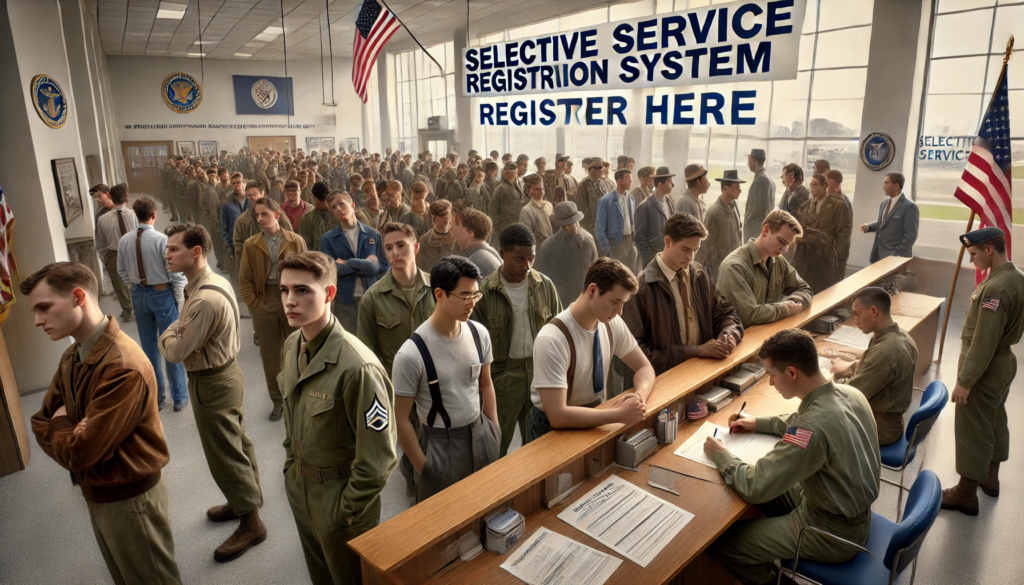Understanding How Does the Draft Work is crucial for comprehending how individuals are selected for military service during times of national need.
The draft, also known as conscription, is a process that the United States government can implement to enlist individuals into the armed forces when volunteer enlistments are insufficient.
What is the Draft?
The draft is a mechanism that allows the government to require individuals to serve in the military. In the U.S., the Selective Service System (SSS) manages this process.
All male citizens and residents aged 18 through 25 are required to register with the SSS. This registration does not mean immediate induction into the military but ensures that the government has a list of potential draftees if a draft is enacted.
If you are interested in Entertainment, here is a guide you may like:
How Many Shrines in BOTW
How Does the Draft Work?
Registration:
Upon turning 18, men must register with the Selective Service System. This can be done online, by mail, or at a local post office. Registration is mandatory and ensures that the government has up-to-date information on eligible individuals.
Activation of the Draft:
In the event of a national emergency that requires rapid military expansion, Congress would pass legislation to authorize a draft, and the President would sign it into law. Once authorized, the SSS would initiate the conscription process.
Lottery System:
The SSS conducts a random lottery based on birth dates to determine the order in which registered individuals are called for service. This method ensures fairness and randomness in selection.
Evaluation:
Selected individuals undergo evaluations to assess their physical, mental, and moral fitness for military service. Those who meet the necessary standards are inducted into the armed forces.
Training and Service:
Once inducted, individuals receive basic training and are assigned to military units where they serve for a specified period, depending on the needs of the military and the terms of service.
Read also:
How Fast are Winds in a Cat 5 Hurricane?

Exemptions and Deferments
Certain individuals may be exempted or deferred from the draft based on specific criteria:
Conscientious Objectors:
Individuals who oppose war due to religious or moral beliefs can apply for conscientious objector status. If approved, they may serve in non-combatant roles or perform alternative civilian service.
Student Deferments:
Full-time students may receive deferments until they complete their education, after which they become eligible for the draft.
Medical Exemptions:
Individuals with certain medical conditions that disqualify them from service may receive exemptions.
Historical Context
The draft has been used during major conflicts in U.S. history, including World War I, World War II, the Korean War, and the Vietnam War.
Since 1973, the U.S. has operated an all-volunteer military force, and the draft has not been activated. However, the Selective Service System remains in place as a contingency measure.
Check our recent guide on Science and Education:
How is Free Will and Fate Connected
Consequences of Non-Registration
Failing to register with the SSS can lead to significant consequences:
Legal Penalties:
Non-registrants may face fines and imprisonment.
Loss of Federal Benefits:
Individuals who do not register may be ineligible for federal student aid, government employment, and job training programs.
Conclusion
Understanding how the draft works is essential for all eligible individuals. While the U.S. currently relies on a volunteer military, the draft system ensures that the nation can quickly mobilize additional forces if necessary.
Compliance with registration requirements is not only a legal obligation but also a civic duty that contributes to national preparedness.
You seems to be more interested in Historical and cultural questions, you can see our recent guide How did Valentine’s Day Start!